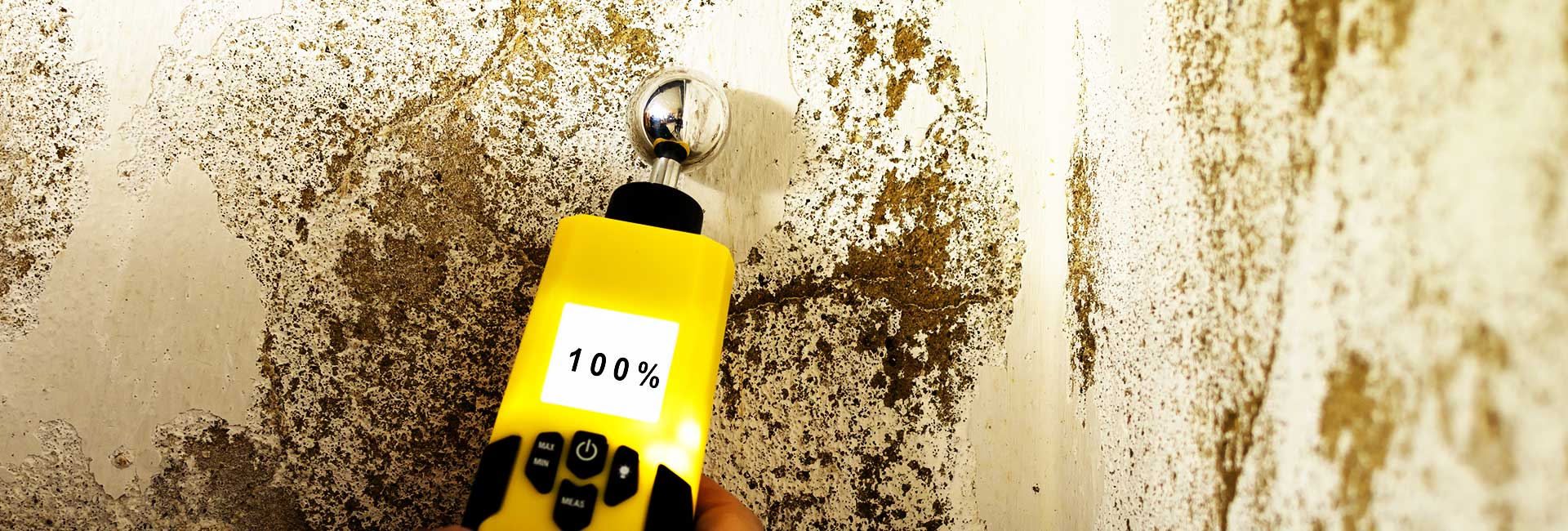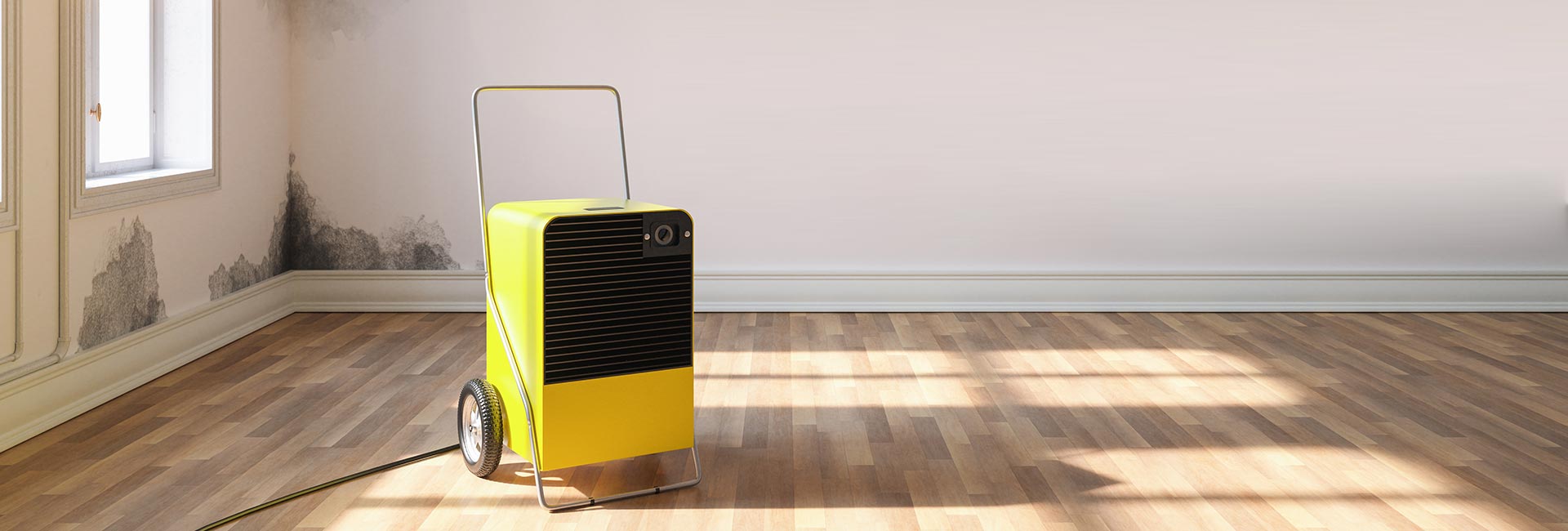Parquet Floor Drying 0541 675 81 03
Floor drying is a process done for laminate or parquet floors that have become dampened, wet and swollen or come loose as a result. Laminate or parquet flooring needs this treatment from time to time. Laminate floors are floor coverings made of compressed sawdust and resinous paper flooring. Laminate is not made from natural wood, but from MDF or HDF, which is called veneer. Parquet, on the other hand, is a floor covering made entirely of natural wood. Both are produced to be resistant to water and moisture. However, both products are indirectly or directly wood products. Being water resistant does not mean that they are completely waterproof. Therefore, these parquets may swell and mold when they get water. Therefore, these parquets may swell and mold when they get water. In this case, parquet drying should be done. Floor drying is a process that should be done by a professional team. There are floor drying devices and there is a special procedure to follow when using them. Floor drying, performed with special devices, is important to preserve the health of the parquet.
Under what conditions is parquet floor drying necessary?
Although laminated or laminate parquets are made of water-resistant materials, they are exposed to water in the following situations:
- Flooring exposed to waterlogging or flooding
- Water entering between the parquet floors due to renovation
- Sweating in places that are not used for a long time
- Floor sweating
- Water leakage in the upstairs or downstairs neighbor
- Liquid getting in between the flooring that is not lined up properly
- Liquid leakage from skirting boards
- Liquid on flooring for a long period of time
- Dampness in the house
- Laying on a wet floor when laying parquet
In these cases, the flooring swells and blisters. Pieces of the parquet come off the floor completely or to a large extent. In some cases, the wetness in the parquet spreads to the floor and other parts get wet, creating an island-like swelling in the space. A quality parquet is usually easy to repair. However, flooring that is exposed to water for a long time may become unusable, no matter how high quality it is. To avoid this situation, the parquet should be repaired immediately, or at least the problem parquet should be removed from the floor. Then, in order not to be exposed to this situation again, it should be ensured that both the parquet and the floor are completely dry by drying the parquet.
What happens if the floor is not dried and repaired? Or what happens if only the parquet is removed and a new parquet is installed without eliminating the conditions that cause the parquet to get wet? What kind of problems arise if the floors are dried unprofessionally at home with devices such as irons and blow dryers and then installed in their place? The answer to this question can actually be explained in two ways: Dampness, and mold growth on the floor due to dampness. Let's take a closer look at this issue, as dampness and mold have negligible hazards for human health.

Why Mold Occurs on Parquet Flooring?
The most important reason for flooring to become moldy is damp, humid, airless, sunless environments. Mold on flooring happens due to the following problems:
- Failure to disinfect the place after floods or inundations and the incoming water bringing germs with it
- Sewage water somehow seeping under the floorboards and bacteria causing mold and mildew
- Unventilated warehouses on the ground floor or entrance floor
- Homes on north, northeast facing sides that don't get sunlight
- Improper cleaning with wrong products
- Water seepage from floor joists
Molds on floors can be on the surface or under the surface. Molds on parquet can be on the surface or below the surface. Those on the surface can be removed by scrubbing with a spiral scrubbing pad. However, the same is not the case for molds under the surface. Sub-surface molds are often noticed very, very late if they do not smell. Mold growth in flooring is directly proportional to the humidity level of the space. The more humidity in the environment, the faster the mold spreads. In such cases, moisture drying and floor drying processes should be carried out by a professional team. Because mold on the flooring is not only evidence of dampness in the environment, but also invites insects called termites into your home. Termites are also known as floor insects. Termites are the general name for wood gnawing insects. Termites on the floor can turn your home into a nest of insects. Humidity is termites' favorite environment and unfortunately, dampness helps them breed.
How to Dry Wet Parquet Flooring?
Wet flooring and damp flooring are two different situations. Wet flooring means parquet that gets wet after floods or when a large amount of water leaking from the floor completely covers the surface and bottom of the parquet. The floor suddenly gets wet, the parquet that stays wet for a long time swells and starts to separate from the floor. In this case, floor drying is performed. After the parquet drying process, the saved parquet is re-installed. If the same parquet is to be used again on the floor, floor drying should also be carried out.
Damp flooring occurs when the liquid slowly accumulates on the parquet floor or when there is an increase in liquid in the floor due to the humidity in the environment. If wet parquet is re-installed without floor drying by professionals, this will lead to the problem of damp flooring. Damp flooring is more dangerous because it gradually creates problems in a way that people cannot easily notice.
Mold grows on both wet and damp floors if the drying process is not done correctly. If your parquet is damp, the moisture has already penetrated the floor. In this case, ventilating for a long time or leaving the curtains open in the sunniest room of your house and exposing the floor to sunlight will not help. Once mold has formed, you cannot remove it with an iron, blow dryer or household cleaning products.
It is a common mistake to try to remove mold from flooring with an iron. On the surface of the flooring, the mold may seemingly disappear, but the actual source of the mold is not destroyed. Therefore, removing mold on the surface is only a temporary solution. As long as there is dampness, the mold on the floor will come back stronger.
Mold is not only destroyed for the bad smell. Mold has the following hazards for human health:
- Mold and dampness directly attack the upper respiratory tract, regardless of age.
- Bouts of chronic respiratory diseases such as asthma and pharyngitis increase in moldy and damp environments.
- Moldy environment slows down lung development in infants.
- Migraine attacks are more severe in moldy environments compared to airy places.

Professional Parquet Floor Drying Process
The professional floor drying process is done with a floor drying device and an expert team. In damp flooring, the moisture must have gone underneath the flooring, and mold starts, of course, in the dampest place first, i.e. underneath the parquet. The procedure follows the following sequence:
- The relative humidity is measured with a moisture meter. The relative humidity should not be above 50%.
- Wet flooring is removed. This is to check whether there is any wetness under the parquet.
- Under the floorboards, a puddle of water or a vein from which water comes out is usually searched for and found.
- The size of the room where the moisture is located determines the duration of the process. In addition, the size of the wetness that causes moisture is another important factor affecting the duration of the process.
- Dehumidification is the condensation of water vapor in the environment and its conversion into water. A system is installed to drain the water.
- Depending on the size of the room, the condition of the wetness and mold, the process continues for 5 to 7 days. An estimated completion time is determined before the treatment.
After the moisture in the environment is completely dried, the environment immediately becomes suitable for living. In addition, the device does not make a lot of noise while working, and the sound is not at a level to disturb the neighbors.
If your water problem has caused water to get into the screed under the flooring or if the walls have absorbed water, the moisture-absorbing wall will stay cold and sweat when it is hot inside. The moisture inside the wall will mix with the ambient humidity and increase the humidity in the environment. This will cause mold growth. Mold fungi appear in places with moisture problems and multiply rapidly. If you do not correct this problem with moisture drying service, mold odor will also occur over time and the quality of the air you breathe will decrease. We eliminate the problem that causes mold formation on your walls and in the environment. If there is a humid environment where mold fungi can grow in the environment where you live, even if you wipe the mold clean, the mold in the air will grow again.
You will not be able to get rid of this situation until you correct the humidity problem. The water absorbed by screed and concrete will never dry on its own. Unless a professional service is obtained, only a superficial drying is provided. Superficial drying is not enough to prevent the formation of dampness and mold. Applications such as painting, insulation and mounting after water damage have no positive effect to eliminate mold fungi. Because mold is a type of fungus. Unless you destroy a living microorganism and prevent it from reproducing, you will never achieve a solution. We solve this problem by applying 2 different processes. First, the drying process we do lasts for 7 days and we prevent the environment where mold can form; In the second step, we kill the mold fungi that exist in the air with ozone cleaning and completely clean your environment and purify it from odors. Both the environment where mold fungi can form is eliminated and the problem is completely over because we kill the live mold fungi.
We provide services for the solution of moisture, dampness, mold and bad odor problems in homes, workplaces, warehouses, factories, factories, hotels and construction sites, regardless of whether they are more or less. Our company mainly serves in construction / industrial areas and supports you by providing solutions for moisture, dampness, mold and odor problems experienced in homes and workplaces. We are in Güngören on the European Side and Ataşehir on the Anatolian Side. We regularly provide services in the Kocaeli, Tekirdağ, Bursa and Sakarya cities. We offer services starting from ₺8,000 for the problems you experience in your homes... Mold is the disease of your structure, protect from mold for the health of your household. Please fill out the contact form below to get answers to your requests and questions about our services. Our consultancy service is completely free of charge.
Ev-İşyeri-Depo-Fabrika vb. alanlardaki Nem-Rutubet-Küf-Yalıtım ve İzolasyon ihtiyaçları için hizmet vermekteyiz. Hizmetlerimiz hakkında Keşif-Talep-Sorularınızı cevaplamak için aşağıdaki iletişim formunu doldurmanızı rica ederiz. Danışmanlık hizmetimiz tamamen ücretsizdir.











